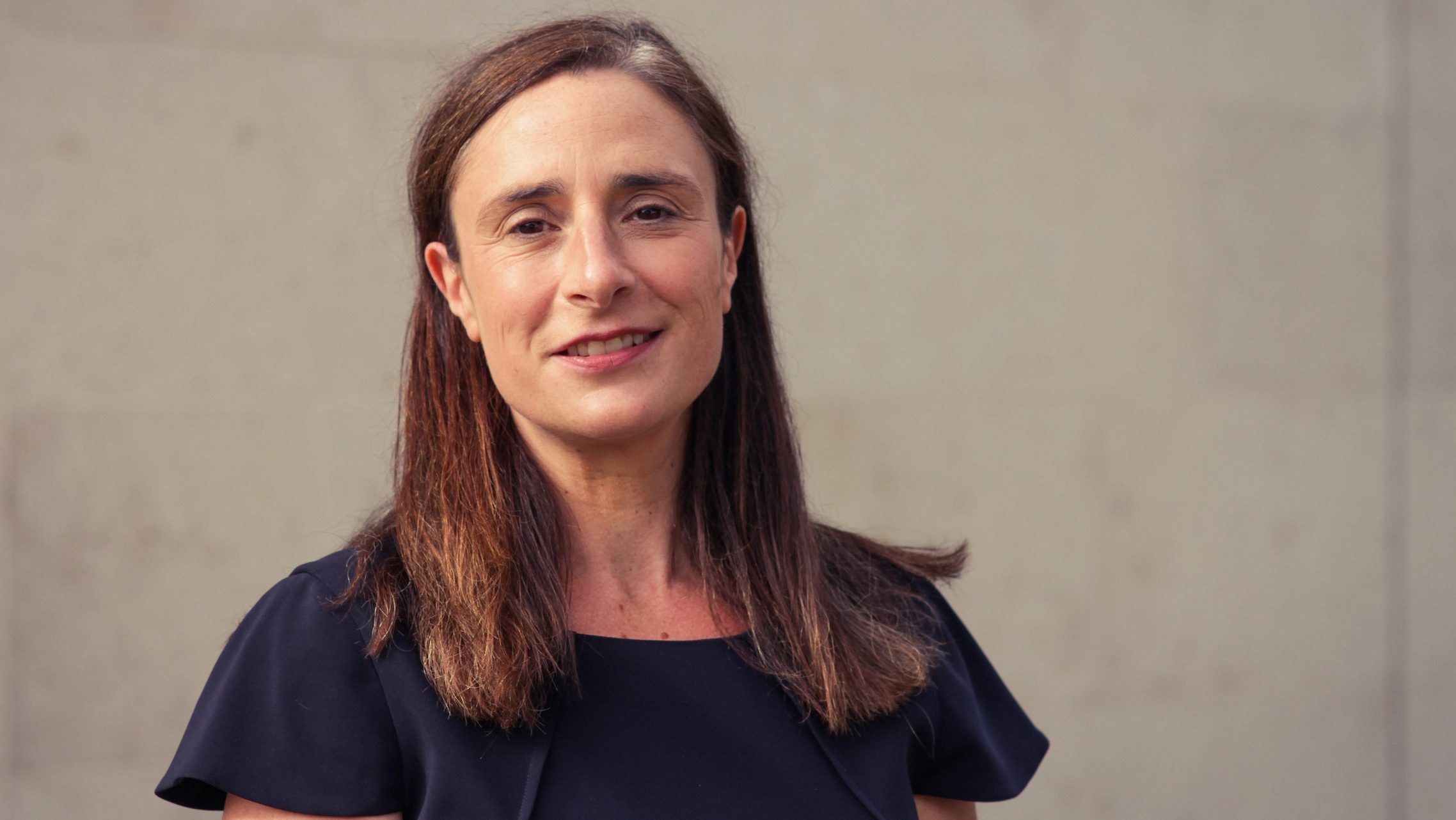The enormous impact of HMRC moving and freezing income holds in recent years has been revealed.
Great Britain’s Office for Budget Responsibility changed its forecasts to reflect higher inflation, which means not only will more people be paying taxes, but more people will be pushed into higher tax bands, according to HMRC findings.
- There were 32.5 million taxpayers in 2019/20. This was down 200,000 in a year largely because of the 5% rise in the personal allowance outstripping wage rises.
- The number of higher rate taxpayers fell 400,000 to 3.8 million, because the threshold increased 8% during the year.
- However, the freezing of the additional rate threshold meant 22,000 more people paid this level of tax – up to 421,000 – because pay rises pushed them over the threshold.
Those that have received a pay rise in the past year may have been no better off. This was particularly the case for umbrella company contractors that felt compelled to increase their rates in an effort to keep their take-home pay in line with previous years. Some contractors, however, are worse off in 2022 due to a host of events and government tax policies.
SAP contractor, 54, forced out of the market on cost
Umbrella company fees, late payments due to cyber-attacks and other rising taxes, such as national insurance and corporation tax, have made freelancers have to reconsider their next project and whether staying inside IR35 is worth it.
We’re facing a horrible stealth tax on our incomes, which will cost us far more than we ever expected.
Sarah Coles, senior personal finance analyst, Hargreaves Lansdown.
“Freezing income tax thresholds in a time of wage inflation is going to have a far bigger impact than anyone initially thought, and hit us just as hard as we initially thought the National Insurance hike would,” said Sarah Coles, senior personal finance analyst, Hargreaves Lansdown.

Figures from 2019/20 reveal how much difference moving or freezing tax thresholds makes to how many people pay higher rates of tax. Raising the personal allowance and higher rate tax thresholds meant 200,000 fewer people paid income tax at all, and 400,000 fewer paid higher rate tax.
However, Coles explained: “Freezing the additional rate tax threshold at £150,000 pushed 22,000 more into paying 45% on their income. Given that this only affects those on the very largest incomes, this is going to have a far more dramatic effect when thresholds are frozen lower down the income scale on basic and higher rate tax.”
How will inflation and the war in Ukarine impact who pays tax?
Last month the Office for Budget Responsibility changed its forecasts to reflect higher inflation. It said that instead of 1.34 million more people being dragged into paying tax, 1.95 million would be. And instead of a million more paying higher rate tax, 1.5 million more would. Overall it would raise £4.9 billion more than initially planned – at £13.9 billion. This is just shy of the £14 billion extra the National Insurance hike is set to cost us.
How inflation can create opportunities for freelancers
“Since then,” said Coles, “the invasion of Ukraine has changed the outlook significantly for inflation. Instead of peaking in April and falling back, we’re now expecting it to remain higher for longer, and peak in October. Just how hard this hits us depends on how high inflation is – and for how long – one estimate from the Centre for Economics and Business research put the number of new taxpayers closer to 5 million, and the number of extra people paying higher rate tax at 4 million.”
Other figures:
- 17.9 million men and 13.5 million women paid income tax in 2019/20.
- We paid £189 billion in income tax – up £2.5 billion in a year (1.4%).
- 84% of people were basic rate taxpayers (26.5 million people) and they pay 34.3% of the tax.
- 12% are higher rate taxpayers (3.8 million), and they pay 33% of the tax.
- 1% are additional rate taxpayers (421,000), and they pay 32.2% of the tax.
- The average income for men was £28,400 and for women it was £23,300.
- Men were best paid when aged 45-49 (£35,400 on average), while women were best paid at 40-44 (£27,200).


